The infamous Af-Pak region is not only a geostrategic challenge but also an ethnically diverse global flash point impacted by complex, multi-layered, socio-economic and socio-political issues and one of the most deadly insurgent impacted, unstable regions of our planet.
The region has been exposed to several conventional and strategic warfare for decades: repeated suicide bombing, arsenal, looting, rioting, honour killings, frequent, extremely violent ethnic and sectarian clashes and ruthless persecution of minority communities, an unrecognised, unprotected, undemarcated and unguarded, highly porous international border (Durand Line separating Afghanistan and Pakistan) and loss of uncountable human lives and properties on a regular basis.
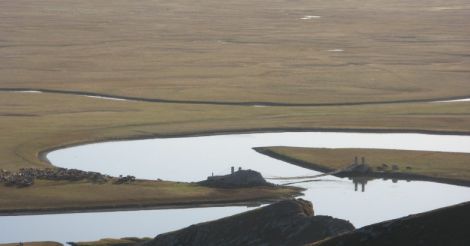 Pakistan, possibly is the only nation across South Asia where hunting is legal, negatively impacting her natural ecosystems and rich biodiversity. Photo: Saikat Kumar Basu
Pakistan, possibly is the only nation across South Asia where hunting is legal, negatively impacting her natural ecosystems and rich biodiversity. Photo: Saikat Kumar BasuThe value and quality of human life is so poor in the region that conservation efforts are too minor an issue in this war-ravaged zone to talk about. However, irrespective of the severe anthropogenic impacts, both countries are known to have vast forests, rich in wildlife and an impressive local biodiversity.
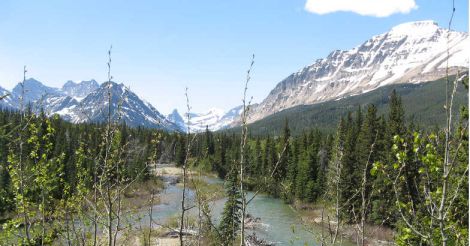 Some recent reports do indicate increase in the number of snow leopards and their natural prey bases in the remote inaccessible and uninhabited mountainous region and adjoining areas of northern and central Afghanistan. Photo: Saikat Kumar Basu
Some recent reports do indicate increase in the number of snow leopards and their natural prey bases in the remote inaccessible and uninhabited mountainous region and adjoining areas of northern and central Afghanistan. Photo: Saikat Kumar BasuHoubara bustard is a rare and vulnerable bird species distributed in Pakistan. The bird population has been impacted due to rapid habitat fragmentation and destruction across their entire natural range in Pakistan. However, indiscriminate poaching and legal hunting as a game bird and high demand for cheap and accessible bush meat has almost wiped out the natural bird population across the country.
 The vulnerable snow leopard population in the northern reaches of the nation is alarming due to indiscriminate and uncontrolled poaching. Photo: Saikat Kumar Basu
The vulnerable snow leopard population in the northern reaches of the nation is alarming due to indiscriminate and uncontrolled poaching. Photo: Saikat Kumar BasuPakistan, possibly is the only nation across South Asia where hunting is legal, negatively impacting her natural ecosystems and rich biodiversity. The nation has been globally criticized for failing to take any credible attempts in ecosystem and wildlife conservation. However, a nation perpetually impacted with violent sectarian and ethnic clashes and riots, poor economy, deep rooted societal impact of rapidly expanding insurgency and terror networks, worsening geo-political ties with all her neighbours, extreme poverty, corruption and complete lack of the rule of law, governance and administration has very little to offer in terms of biodiversity protection and wildlife conservation.
The vulnerable snow leopard population in the northern reaches of the nation is alarming due to indiscriminate and uncontrolled poaching. Unconfirmed reports of Asiatic cheetah sightings in the western edges of Baluchistan province bordering Iran do not have any strong scientific evidence.
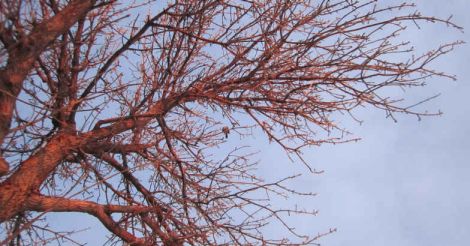 Reports of killing over 2,000 Houbara bustards in a single day were widely circulated in the international media. Photo: Saikat Kumar Basu
Reports of killing over 2,000 Houbara bustards in a single day were widely circulated in the international media. Photo: Saikat Kumar BasuPakistan is notorious for issuing yearly hunting licenses to economically and politically influential elites from the Gulf countries on which the nation is economically and politically dependent. These irresponsible and rich Gulf elites indiscriminately hunt and predate on vulnerable wildlife of the nation like the Houbara bustard against all international protest without paying any care or respect for the local ecosystems.
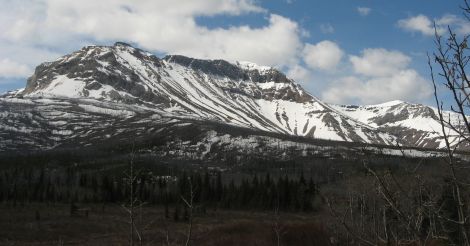 The recent China-Pakistan Economic Corridor (CPEC) is another death nail pushed into the heart of the nation connecting western China with the Gwadar port in southern Baluchistan province of Pakistan. Photo: Saikat Kumar Basu
The recent China-Pakistan Economic Corridor (CPEC) is another death nail pushed into the heart of the nation connecting western China with the Gwadar port in southern Baluchistan province of Pakistan. Photo: Saikat Kumar BasuThe sub populations of Houbara bustard and other endemic birds along with other local wildlife (like different species of wild goats, deer, bears) have been wiped out from their natural habitats. Such destructive are these big bunting parties from the Gulf that they leave serious wound on the natural ecosystems and come back every year without the disturbed areas and wildlife populations getting any chances of recovery.
Reports of killing over 2,000 Houbara bustards in a single day were widely circulated in the international media. Shocking images and videos of thousands of unfortunate dead and wounded birds from hunting parties in Pakistan have been generating unprecedented shock waves internationally. Such destructive and negative impacts are devastating towards successful conservation of forests, wildlife and biodiversity in Pakistan.
The recent China-Pakistan Economic Corridor (CPEC) is another death nail pushed into the heart of the nation connecting western China with the Gwadar port in southern Baluchistan province of Pakistan. Although projected as an economic and geostrategic game changer for Pakistan, the proposed corridor runs through several sensitive ecosystems and natural habitats. As the construction is under way, the nation is expected to permanently lose one of the last few untouched, premier wildlife habitats with unique biodiversity for ever.
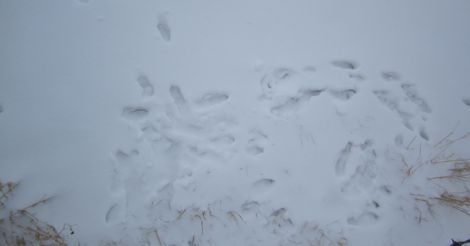 The sub populations of Houbara bustard and other endemic birds along with other local wildlife (like different species of wild goats, deer, bears) have been wiped out from their natural habitats. Photo: Saikat Kumar Basu
The sub populations of Houbara bustard and other endemic birds along with other local wildlife (like different species of wild goats, deer, bears) have been wiped out from their natural habitats. Photo: Saikat Kumar BasuSeveral endangered species such as the Indus dolphins, snow leopards, Asiatic leopards, mugger crocodiles are on the path of extinction with “very little” or in alternative terms, “too little” being done to protect them.
Neighboring Afghanistan is also no better than Pakistan. However, since vast parts of the nation has never been properly surveyed due to remote and inaccessible locations, lack of any infrastructure and huge security concerns, no true and credible estimates can be made about Afghanistan. Some recent reports do indicate increase in the number of snow leopards and their natural prey bases in the remote inaccessible and uninhabited mountainous region and adjoining areas of northern and central Afghanistan. In short, the conservation practices across Pakistan are even worse than neighbouring war ravaged and insurgency impacted Afghanistan. Both nations have very little opportunity and funding for improvement of the conservation scenario in the distant future.
Unless both nations adopt credible measures in protecting their forests, wildlife, ecosystems and biodiversity, very little can be expected in terms of conservation. Furthermore, due to the extremely dangerous geopolitical situations within these nations, it is difficult for any foreign experts, international nature and conservation agencies as well as NGOs and wildlife journalists to work here to help educate the masses, build consciousness and establish sound modern conservation practices.
The infrastructural and security concerns have been so great in this particular region that international as well as local tourism within these nations have been seriously limited cutting opportunities for earning foreign exchanges and revenues for the local governments to be partly and judiciously used for conservation purposes. Although nations such as Bangladesh, Sri Lanka and Myanmar have recently demonstrated signs of socio-political and socio-economic recoveries, two countries in the region, viz., Afghanistan and Pakistan, are slowly moving towards uncertainty and destructive future.
(The author is a Canada and India based freelance journalist specializing in global geo-political, strategic and foreign policy issues, science & technology and environment & conservation related themes.)

























 The value and quality of human life is so poor in the region that conservation efforts are too minor an issue in this war-ravaged zone to talk about. Photo: Saikat Kumar Basu
The value and quality of human life is so poor in the region that conservation efforts are too minor an issue in this war-ravaged zone to talk about. Photo: Saikat Kumar Basu